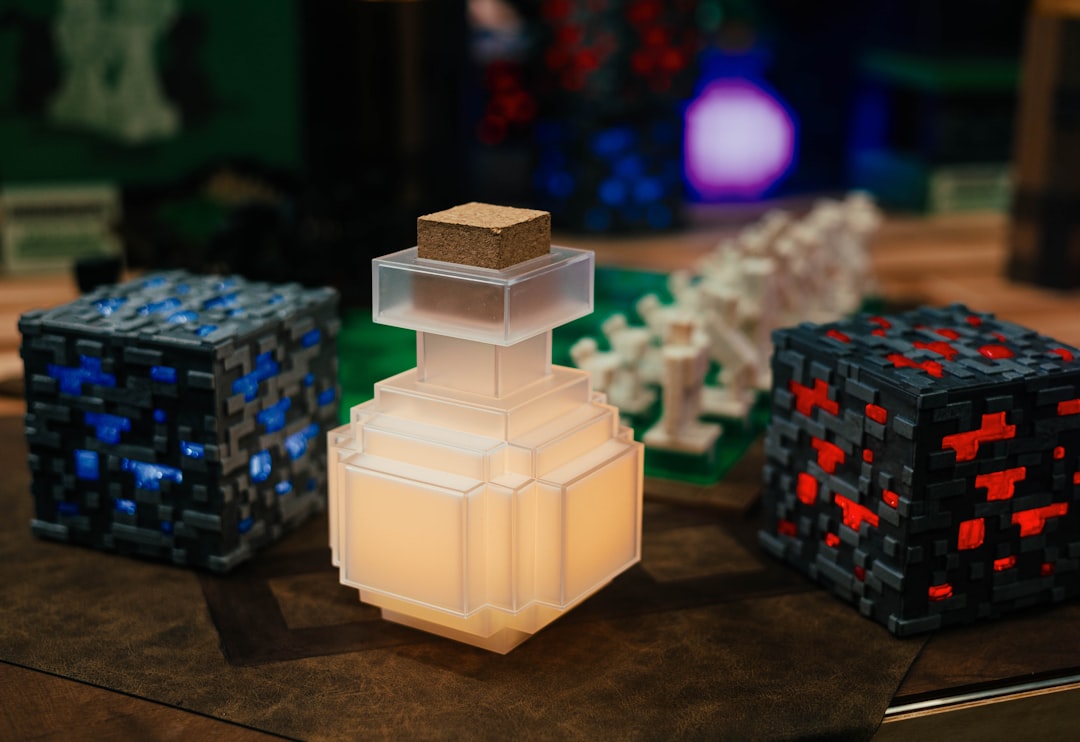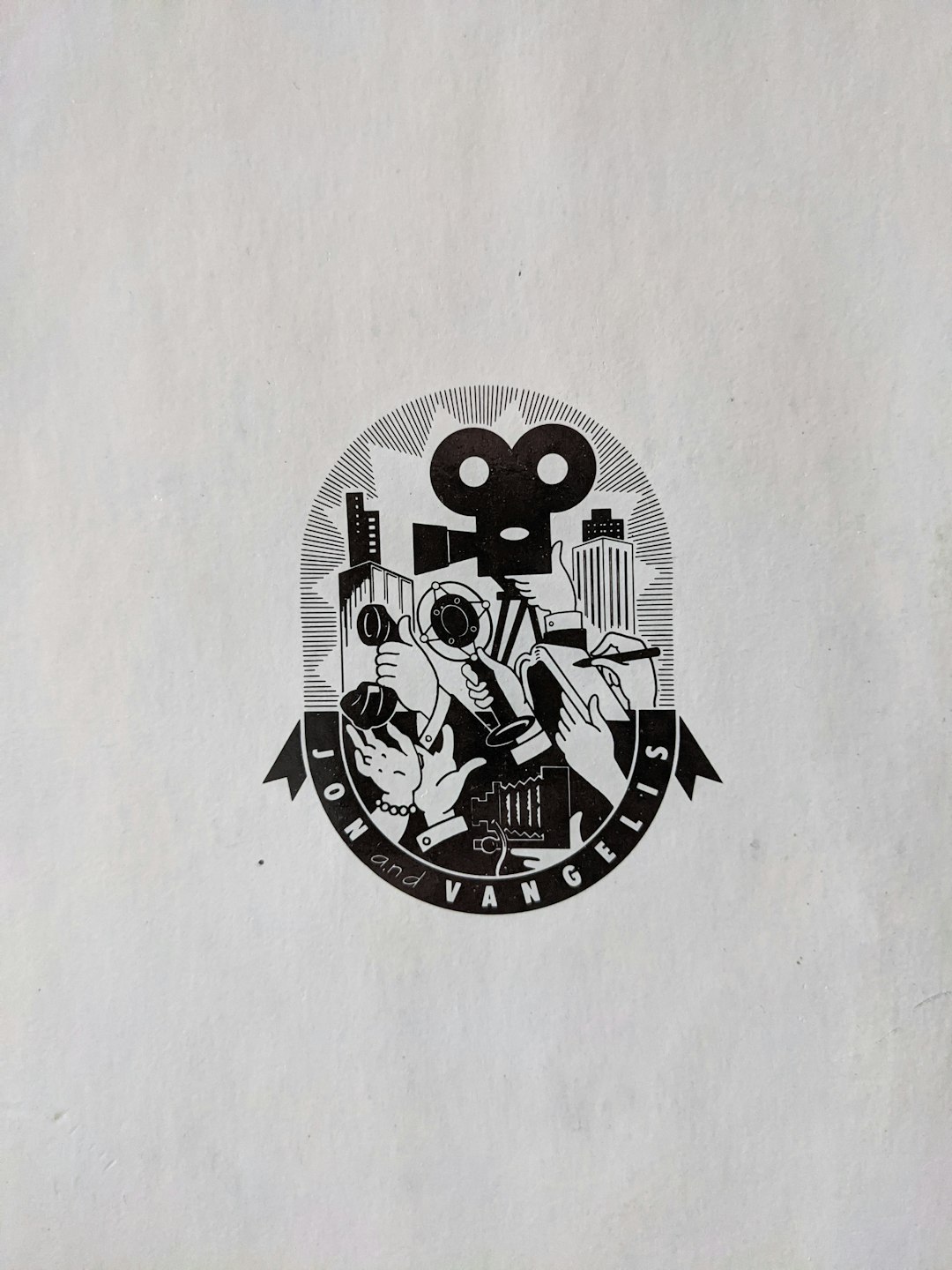In the rich and blocky design universe of Minecraft, where creativity reigns and textures tell stories, a revealing new survey has emerged that sheds light on a long-standing trend among graphic designers: the widespread overuse of the cobblestone texture. According to recent interviews and community polls, 7 out of 10 Minecraft logo designers confess to using cobblestone textures more frequently than they should have over the years. But why is this specific block texture so attractive, and what does this mean for the next evolution of Minecraft-inspired design?
The Tricky Appeal of Cobblestone
The cobblestone block is one of Minecraft’s most iconic visuals. As one of the first textures players encounter when gathering basic building resources, it symbolizes the early-hardship aesthetic that has become synonymous with Minecraft’s survival mode. Naturally, its familiarity and rugged appearance make it an easy go-to option for logo creators aiming for immediate recognition and resonance with fans.
“There’s just something about cobblestone that screams classic Minecraft,” says Ava Linden, a freelance designer who has created logo assets for multiple Minecraft YouTubers. “But after a while, I started noticing that every other logo I was seeing on Minecraft-themed YouTube channels or Discord servers had the same gritty texture—I was definitely guilty of it too.”
Why Designers Reach for Cobblestone
Several factors contribute to the cobblestone texture’s continued dominance in Minecraft branding:
- Instant Familiarity: Cobblestone is one of Minecraft’s oldest and most recognizable textures. It immediately signals the game’s aesthetic to fans and newcomers.
- Texture Richness: With its grainy, varied grayscale tones, the cobblestone texture adds instant depth to flat 2D designs, making them appear more dimensional without substantial editing.
- Symbolic Value: For players, cobblestone recalls early adventures, mining exploits, and the rough foundations of their very first homes. That symbolism translates well to branding.
Despite its strengths, this overreliance on cobblestone has led to a degree of visual fatigue among Minecraft communities, particularly those active in custom content creation, server management, and online video production.
Survey Spotlights Overuse
The study, conducted over several weeks and encompassing responses from more than 150 digital artists, revealed a striking statistic:
70% of surveyed Minecraft logo designers admit to using the cobblestone texture in more than half of their projects over the past two years.
The survey included designers from a broad spectrum of expertise: from individuals creating banner art for small servers, to commercial artists working with officially branded Minecraft merchandise.
Consequences of Texture Homogeneity
Even though cobblestone remains an aesthetic favorite, the logo landscape of Minecraft has started suffering from what some call “texture tropes.” This refers to the repetition of specific visual elements to the point they lose their impact. In response, some designers have started pushing back, experimenting with more diverse textures such as:
- Prismarine: With its mesmeric aqua sheen, prismarine adds a mystical and oceanic vibe, useful in fantasy-themed server logos.
- Nether Brick: For more intense or dramatic designs, nether brick offers a darker, more aggressive palette.
- Amethyst: The newer amethyst blocks introduce purple crystalline fractals that lend a high-fantasy, magical flair to branding.
“There’s a subtle pressure for Minecraft logos to look ‘right,’ and cobblestone gives that feeling,” remarks Jalen Cooper, a UI designer for a popular Minecraft modding team. “But I’ve noticed that when I work in newer textures like amethyst or even ancient debris for a primitive-tech look, fans engage more. It feels fresh.”

The Role of Nostalgia
Nostalgia plays a significant role in the ongoing reliance on cobblestone. Many players and fans grew up mining and building with it as their primary resource. As a result, cobblestone has become more than a texture—it’s a core element of Minecraft’s identity in the hearts of its audience. For designers, invoking that element can be a shortcut to emotional engagement. However, it also limits innovation.
Here’s how nostalgia influences texture choices:
- Emotional Anchoring: Cobblestone calls back the early excitement of surviving the first night in Minecraft.
- Universality: Every player, no matter what version of the game they started on, has built with cobblestone.
- Cultural Legacy: From Hermitcraft to Hypixel, cobblestone has been in the background of countless YouTube Let’s Plays and tournaments.
As a result, many designers feel a subconscious obligation to “include a bit of cobble” somewhere in their work—even when it might not serve the design’s overall tone.
When Cobblestone Works—And When It Doesn’t
Cobblestone textures can be a winning feature if used thoughtfully. However, problems arise when it serves as a design crutch. Experts note that it’s often used to compensate for lack of other dynamic visuals, or as a default texture when there hasn’t been time to properly customize an asset.
Best uses of cobblestone textures:
- As background elements for “survival mode” themed branding.
- Paired with wooden textures to evoke rustic, medieval moods.
- In fan-made tribute art where classic Minecraft builds are celebrated.
Poor uses of cobblestone textures:
- Centerpiece logos for futuristic or high-tech servers.
- Standalone assets where it dominates the entire theme.
- Re-skinned to resemble something else without properly editing the texture mapping.
Fresh Alternatives and Designer Tips
If cobblestone is losing its visual punch, what should designers turn to? Below are several suggestions from professional designers working within the Minecraft fandom:
- Use accents, not full overlays. Try using cobblestone as a subtle trim or outline rather than the main shape.
- Texture blending techniques. Combine two or more textures—like mossy cobble and sand—and adjust transparency for a layered effect.
- Flat vectors with implied texture. Transitioning to simple shapes and symbols can emphasize modern design trends while keeping the Minecraft essence.

Conclusion: Cobblestone’s Complicated Legacy
While cobblestone textures continue to command space in Minecraft logo design, the conversation around their overuse marks an important shift in the aesthetic priorities of the game’s devoted visual creators. There is nothing inherently wrong with appreciating cobblestone—but when it becomes the default rather than a deliberate choice, creativity can suffer.
With Minecraft constantly evolving, introducing new biomes, blocks, and visual styles, it’s the perfect moment for designers to embrace new textures and break away from the overused patterns of the past. Perhaps cobblestone will always remain the rugged heart of Minecraft nostalgia, but for logos and design, the future is pixel-rich and filled with untapped possibilities.
So the next time you commission or create a Minecraft logo, ask yourself—does this really need cobblestone? If the answer is “maybe,” it might be time to pick up a different block.